After lockdowns, many people have turned to DIY when it comes to updating their homes. With the current climate crisis, the point on many people’s minds is how to renovate eco-consciously.
What is a renovation?
A renovation is simply an updating and refreshing of your home. This can be as big or as large as you can imagine. From knocking down walls, to simply refreshing your bathroom tiles.
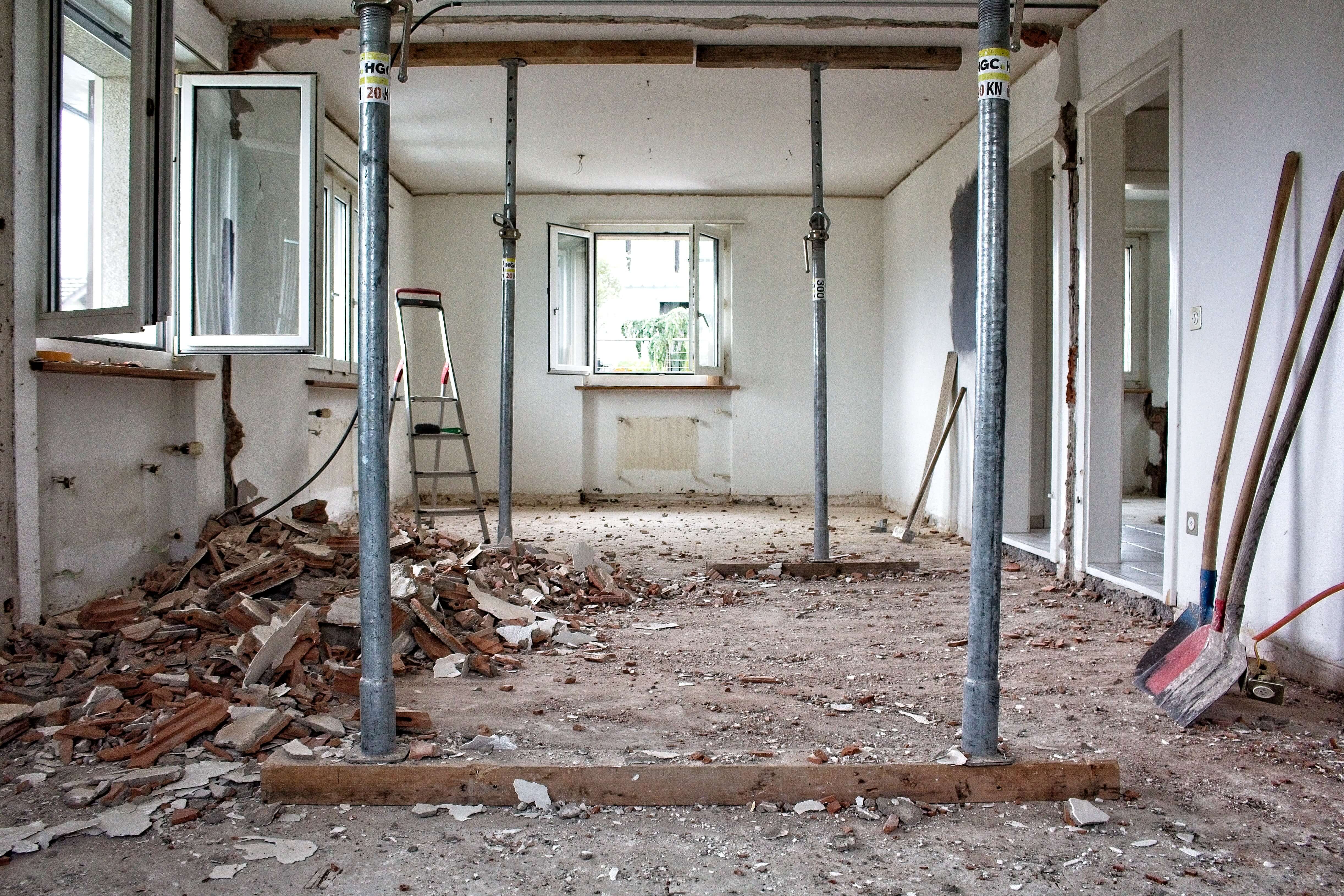
A move to sustainable living
From fashion through to diets, we’re becoming acutely more aware of our consumption and how to live sustainably. This stretches through to housing, and how we’re decorating and rebuilding homes.
Sustainable living goes beyond changing to a vegan diet, but making homes that are both more efficient and better for the environment is more than a passing trend. Sustainability is a core interest and is simply growing as the climate crisis grows.
On top of this, there are schemes run by the government such as green mortgages that are geared to help you borrow more to build and specifically renovate eco-consciously.
We’ve got the tips and tricks to how to renovate eco-consciously and to improve your home for the environment.
Large Scale Investments
Large scale renovations are investments that require a lot of thought and mostly more budget. In this thought process, it’s important to think of how the new components to your home will be more eco-conscious.
We’ve broken down some key areas where you can easily add sustainable elements. These will benefit your home and the planet.
Windows
If you’re looking at re-doing your home, windows can be a choice that can instantly improve your way of living while also improving the sustainability of your home.
An obvious improvement with redoing windows is the fact it can improve the warmth and insulation of your home. This can reduce heating bills and output, by keeping the warmth in with effective windows.
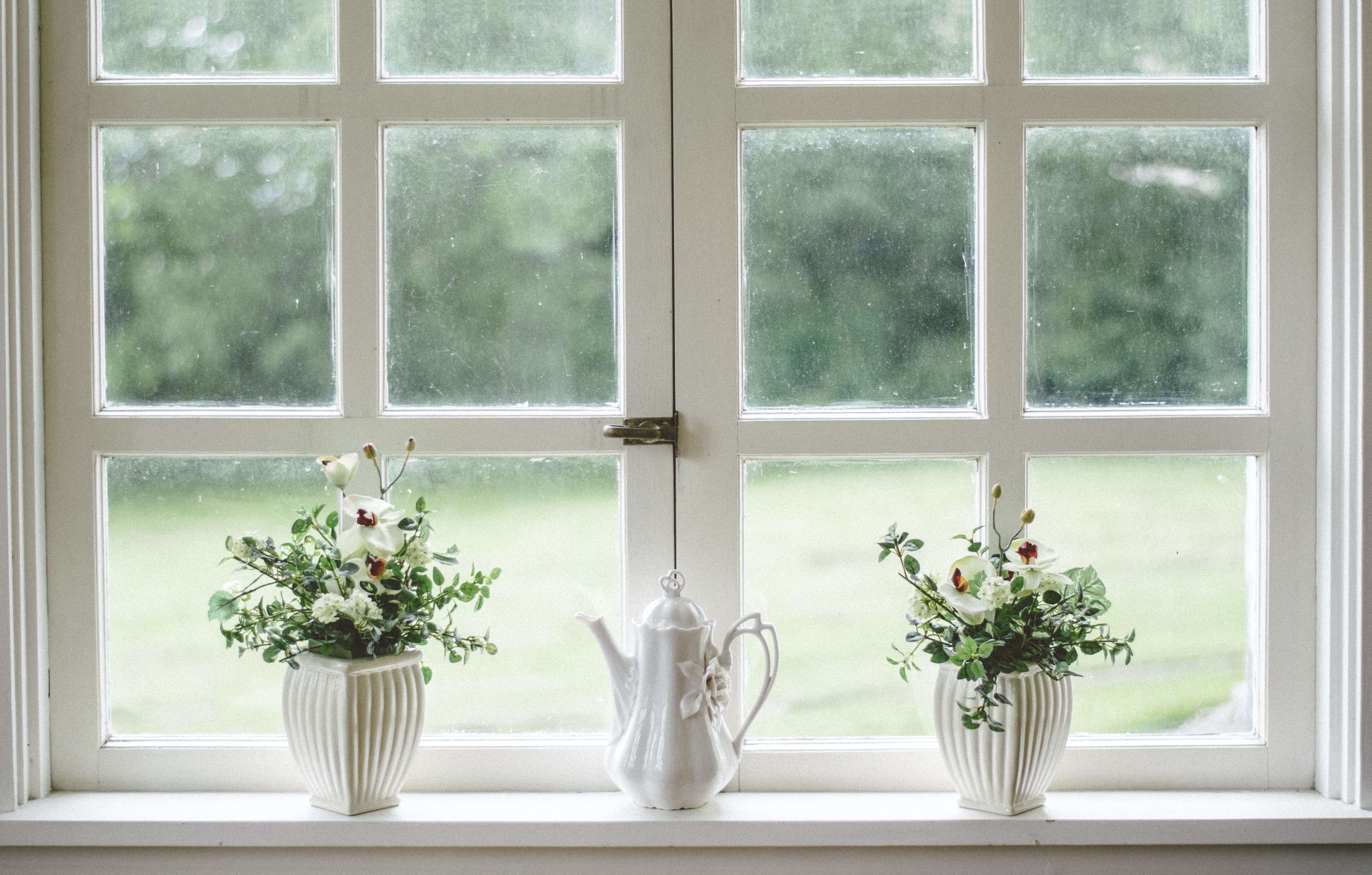
If you’re unsure of what type of windows to invest in, there are plenty of sustainable options to go for. Firstly, wooden framed windows which are natural materials and absorb Co2, however they do require a fair amount of maintenance.
Alternatively, you can opt for timber and metal frames, which are fully recyclable. Or, Low-E glass that uses a thin layer of metal oxide to reflect external light back into your home making full use of the heat.
Insulation
An obvious element that can add sustainable elements to your home to help you renovate eco-consciously is insulation.
As with windows, adding insulation to the walls of your home ensures your heating is much more effective. Reducing both your bills and your carbon footprint.
The material you choose can impact both the efficiency of the insulation and the eco-friendly nature. Luckily, there are many natural fibres that are great insulators. Making the most of these can boost your home’s sustainability.
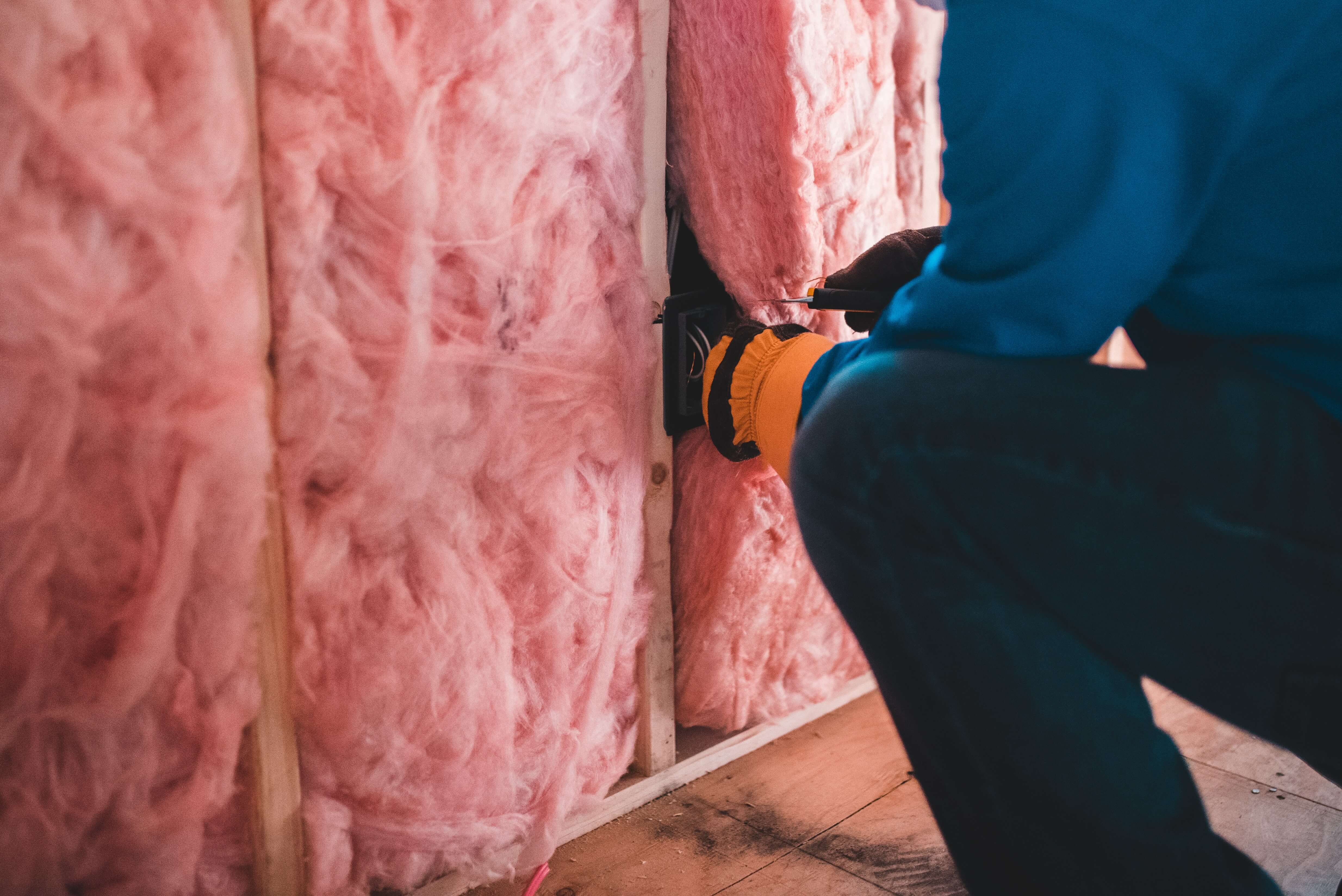
Wool has long since been used as an insulator from bedding through to clothing. Using it for your home’s insulation is a great idea. It’s both fire-retardant and great at controlling moisture to reduce the chances of dampness. It can be easily composted once past its best, making it a great choice for sustainable homes.
Cotton has similar properties, and as it is often leftover denim that will go to waste it is using leftover materials effectively.
Cork is the most eco-friendly option available to insulate your home, and is actually classed as carbon negative. The cork forests act as a carbon sink, capturing carbon dioxide from the air, and it is a renewable, recyclable and natural material.
Solar Panels
An easy change to make to your home, and one that many people are turning to, are solar panels. Harnessing the heat of the sun is a great way to become eco-friendly and power your home’s with natural energy.
You can even invest in batteries to store the light source given in lighter and warmer times of the year. So you can use it when you need it in the darker months of winter.

If you are building a house, bear in mind which way your house will face. Houses that are facing a true south will have the best use of solar panels. Houses that face another way can use solar panels to supplement their power, but it’s likely you will still need other energy sources.
Your Garden
A space often overlooked when it comes to how to renovate eco-consciously is the garden. Although strictly not a part of the bricks and mortar house, creating a space in your home plot that supports and encourages natural wildlife can give sustainable credentials to your space.
Lawns can require a lot of water and a lawnmower to keep them looking tidy, which creates emissions. Instead, make use of wild and native species for a lawn.
Create a natural habitat for wildlife in your lawn space by letting your grass grow longer. Allow pollinators such as buttercups and dandelions to root and blossom in your lawn. Also, bring variety in with longer grass types that beetles and insects thrive on.

Opt for flower beds that use natural wildflowers, for a look that is wonderfully bright and charming, takes little maintenance once grown and is fabulous for wildlife.
Smaller ways to make a difference
It may be that you don’t have the time, money or need to create a whole renovation project – but still want to live more eco-consciously. This is very much achievable, and you shouldn’t be put off to think you have to attempt a Grand Designs style rebuild to have a sustainable home.
Eco-Friendly Materials
If you want to redecorate your home, there are ways to bring in eco-friendly elements that don’t break the bank.
Wallpaper is an option where you can think of the style you want to ensure it’s better for the planet. Avoid metallic elements, as these are recyclable, or even choose an FSC approved roll.
FSC is the Forest Stewardship Council, who award their certificate to products that use elements and fibres that are responsibly sourced. Using trees from sustainable forests, wallpaper that is FSC certified significantly reduces the impact of wallpaper, ensuring the material wasn’t using virgin trees in an over-farmed area.
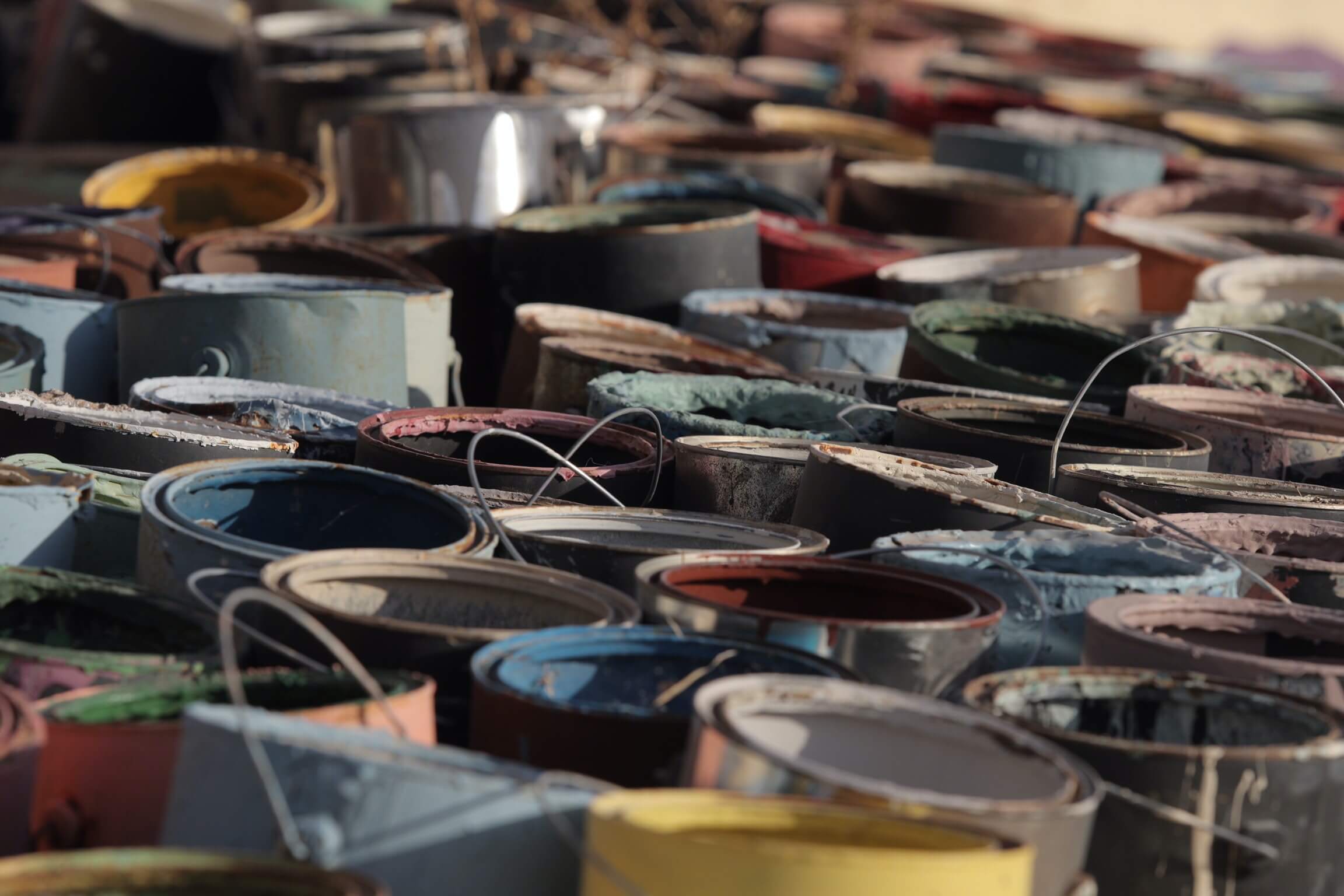
Eco-friendly materials also stretched to paint. Paint emits the strong smelling odour you will associate with it, but this creates volatile organic compound emissions, or VOC. These emissions contribute to polluting the air and affecting the ozone. Many paints now are water based and natural, to reduce this.
These natural and organic paints are non-toxic to any that may leak to wildlife, and are better for your health too.
Second Hand Furniture
Decorating or bringing new elements to your home can mean you are consuming and buying more than you need to. An increasing trend is showing that people are opting for second hand furniture. Which is ultimately better for budgets and the planet.
Going second hand means it reduces over-consumption and the creation of new products that will simply be discarded to landfill.
The British Heart Foundation is a great option for second hand furniture, and even allows you to give to charity with your purchase.
Greener Appliances
This may seem like an obvious one, but it can often slip some people’s minds when it comes to looking for a new oven or fridge-freezer.
A fridge-freezer will be running all day, every day, 365 days a year. Therefore finding one that runs efficiently and in a greener way can benefit your bills and also the environment.
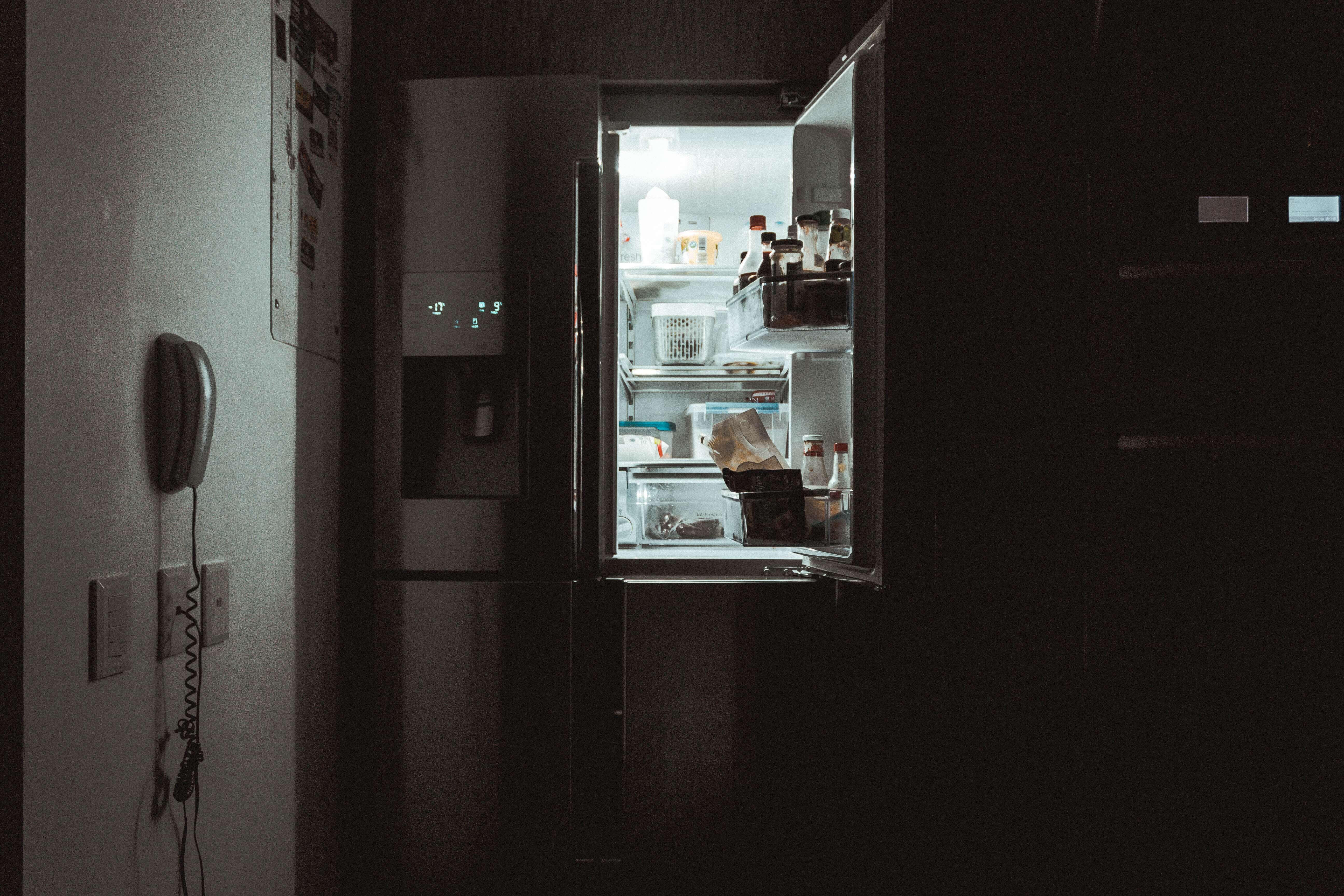
See how much energy the fridge you’re looking at buying uses, is it efficient? There is a grading system to show you how energy efficient fridges are, and it’s recommended to opt for fridges rated D or above.
A gas cooker is a more environmentally sound choice, heating up quicker and ultimately using less energy. Even more efficient is that of the induction hobs, concentrating the heat solely in the pan and losing nothing.
Water Saving
If the bathroom is your point of renovation, there are many tweaks and changes you can do to make your bathroom more efficient and use less water.
Choose a shower head that has a low-flow to reduce the amount of water used per second, saving water and avoiding overconsumption. Don’t be put off by the sound of this, as you can opt for a non-aerated option that pushes it through small holes, so keeps a high pressure still.
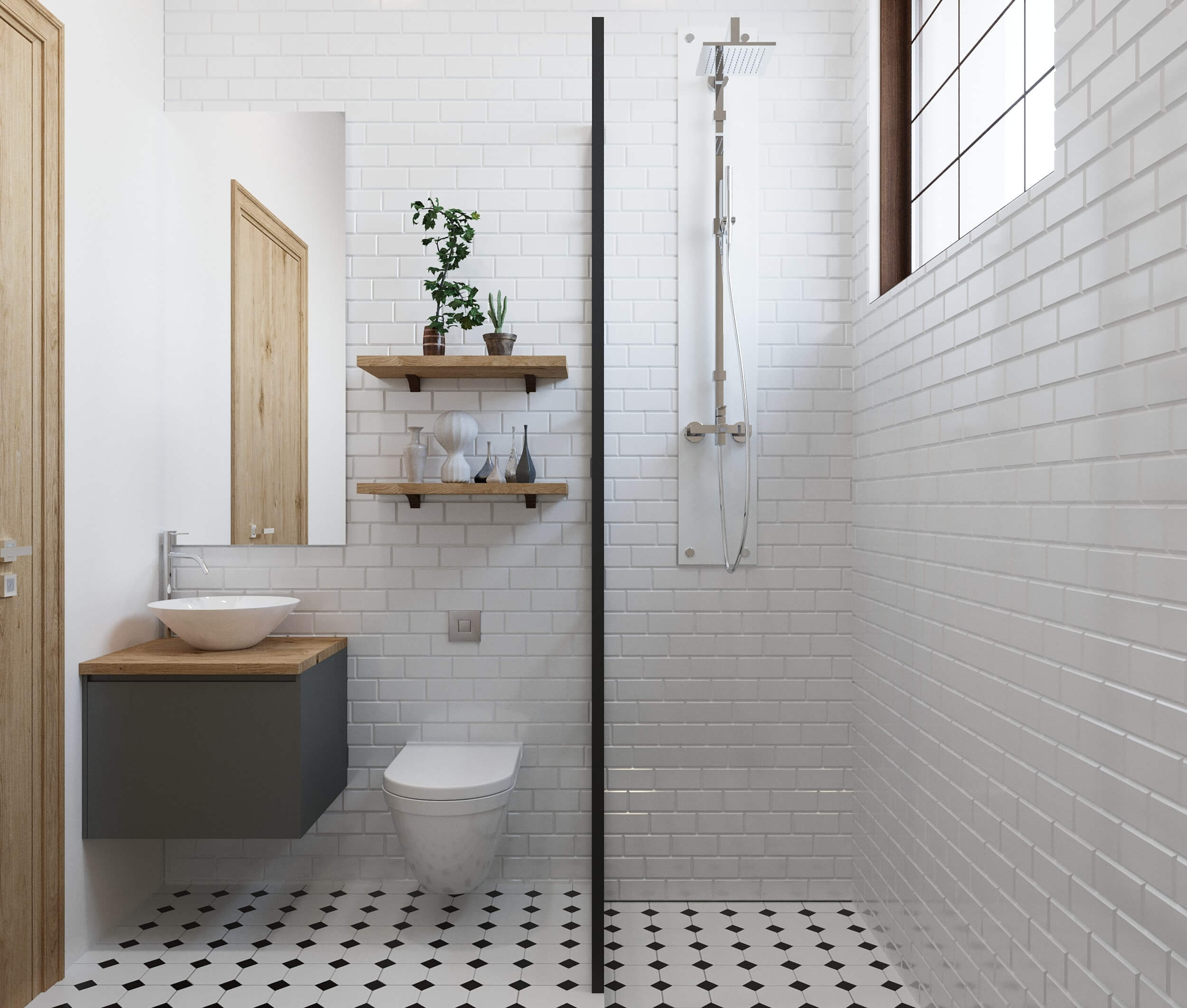
Toilets also use a lot of water, and older models often have one flush. Switching to the dual button toilets mean that you can choose when to use a lesser flush and therefore using less water. An easy eco-swap to incorporate your renovation.
Thoughts?
We hope we’ve given you inspiration on how to renovate eco-consciously, and to prove that it isn’t as difficult as you may imagine.
Even if you’re not planning a whole house remodel, small changes here and there can improve the sustainability of your home. Let us know if you’ll be incorporating some of these ideas in your next home improvement project!

Leave A Comment